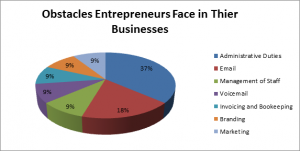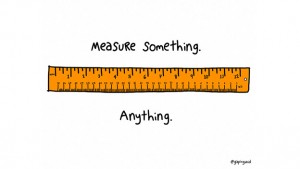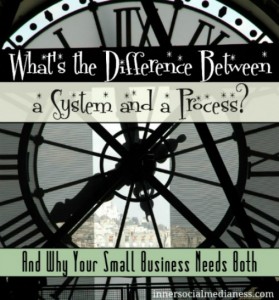Dear Microsoft Office Development Team,
Recently, my Office 365 calendaring system started paying closer attention to me. On a morning that started like any other, I was surprised to find an automated email informing me of the percentage of my time I’d spent “available to focus” versus how much I’d spent on “collaboration time.” A quick check of the calendar confirmed what I suspected: anything left blank was counted toward focusing, while any marked appointment accrued to collaboration time.
I suppose part of me might object to being so closely monitored by my own calendar software. Yet there’s another part – albeit a geeky one – that likes these kinds of metrics. In fact, in my work helping executives lead high functioning, highly adaptive management teams I provide my clients with templates for meeting metrics. That’s because by tracking measurable quantities like how well the meeting stays on agenda, and how productively the time is used, whole teams are able to improve themselves more rapidly. So, when I first realized what this message represented, I daresay I felt intrigued and even a little excited at the prospect of getting some useful analytics out of my calendar. (Don’t look at me like that. I told you I was geeky.)
Still, despite my initial positive feelings about the message born of my proclivity toward these sorts of things in general, the more of the message I read, the more my excitement faded into concern. So, I’m writing to share with you a couple of key ideas that I hope will find their way into the next iteration of your smart calendar metrics tracking.
First, the idea that meetings should unilaterally be counted as the opposite of focused work time is problematic. It’s arguably true for some individual contributors who are paid to do the line-level work of the organization. But for others whose work involves delivering services, making contact with customers, and /or interacting with internal partners, it’s an inaccurate assertion. And once you move up the chain to managers – first front-line managers, then managers of managers, and finally executives – the idea that meetings are the opposite of work is downright silly. Those people are paid to coordinate groups of people and sections of the organization, and the only way to do that is by interacting with them – which requires meetings. For many people, meetings aren’t the opposite of work; meetings are the work! And the “focusing” they’re doing in between calendar items has more to do with preparing for the next one than anything else, just as it should.
Second, it’s dangerous to presume that every meeting represents collaboration. Personally, when I say the word “collaboration,” I don’t mean to include things like waiting on hold for a conference to start, getting chewed out by one’s boss (or chewing out one’s subordinate) for a mistake, making long-winded PowerPoint presentations, or listening in a bored, semi-catatonic state to people giving status updates on esoteric topics. All those things happen in meetings, all involve other people, and yet I’d argue that none of them is anything like the kind of collaboration managers and executives need to oversee. Just because you’re in a room or on a phone bridge with other humans doesn’t mean you’re doing something collaborative – or important to your job.
Finally – and maybe most importantly, from where I sit – this whole setup of focus versus collaboration serves to build up a common myth that we’d be better off tearing down: “my job would be a lot easier if it weren’t for the people around me who make it more difficult.” Once you’re aware of it, you’ll see this particular story everywhere, from coworkers’ complaints at the (real or virtual) water cooler, to books written on how to influence (or survive the influence of) thorny coworkers, to frustration exhibited by workers everywhere about just how hard it is to get anything done what with all the other people in the mix.
Again, there is truth here, no doubt: some of our coworkers are particularly thorny, and some of our organizational systems do require too many approvals before action can be taken. But on the whole – and, again, especially as you move into customer-facing roles or up the management chain – entertaining the idea that the work would be easier without the people is a lot like thinking the trip would be easier without the airplane. At those levels, and in those jobs, other people are part and parcel of the job. And, since all of us have various behavioral styles and quirks, every one of us is going to have easier people and more challenging people in the mix. They’re not the reason the job is harder; they’re the reason the job exists.
So, esteemed Office developers, I invite you to please incorporate some of this thinking into the next edition of your automated metrics. Instead of contrasting collaboration with focus, perhaps for starters, you can contrast bookings with open time, and count double- or triple-bookings to give a sense of overload. If you want to go further, try reporting the people I meet with most frequently, and how big my meetings typically are in terms of total invitee list. You might even be able to give me a sense of how much of my time is spent meeting live, by phone, and/or by video conference.
Am I sure what I would do with all those metrics? Not yet. But I’m geeky, and I’m interested. And, at the very least, they’d help me and a whole population of managers, executives, and customer-facing professionals to get a better handle on our workdays, without accidentally suggesting that useful work is the opposite of what we do.
With thanks and respect,
(I run my whole life off of your platform!)
Ed
Business & Finance Articles on Business 2 Community
(20)





